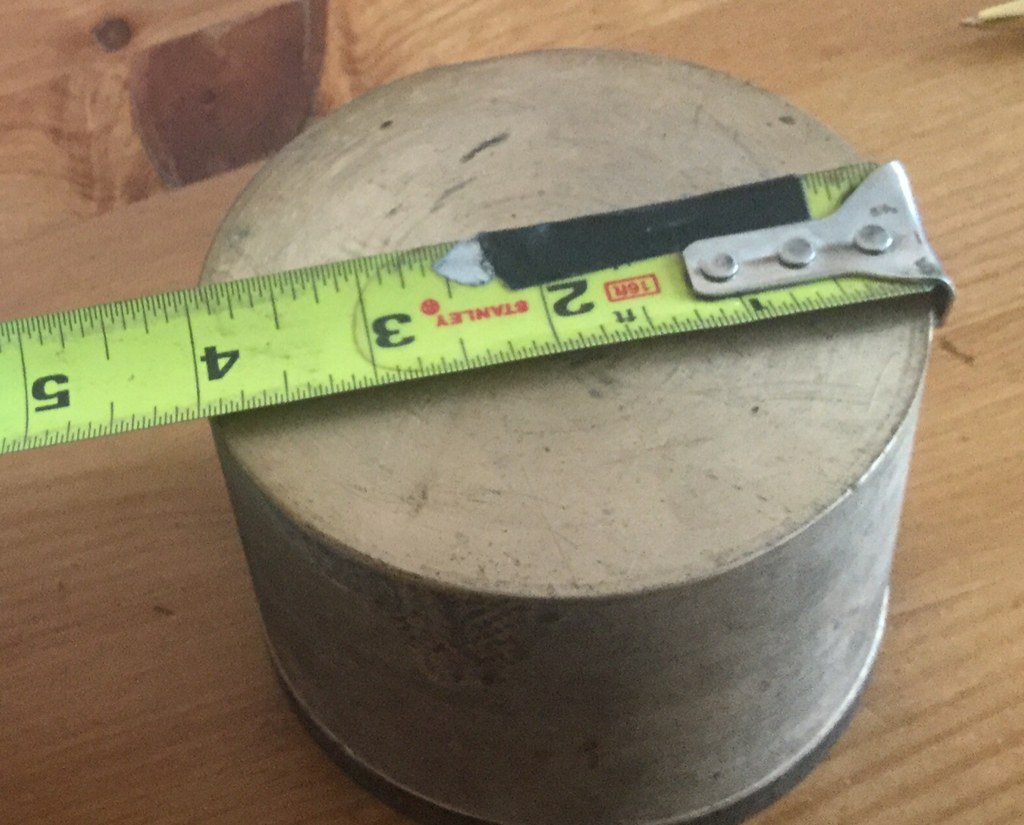This is out of my new (new to me) lathe project. I has a worn clutch fork made from cast, then machined bronze.
1st pic is the basic set-up of the fork and the hardened shift sleeve. Both fwd and rev clutches are visible.





I was just going to make a new fork, but when i started looking into the price of bearing bronze, that thought quickly vanished and i am now contemplating a) repair or b) make new from steel and use small bronze pads as wear contact surfaces.
a) For the repair, i was thinking Al/Si bronze braze or TIG build-up the old fork and then re-machine. It does not fix the poor fit (see 2nd pic from left) which probably caused the uneven wear in the first place.
b) Making a whole new fork from steel with better fit would solve the uneven wear issue (i think). I would braze or TIG the Al/Si bronze wear pads onto the steel fork. You can see the contact wear pads at the end of the fork in the 4th pic from the left. The 5th pic has the worn out pad clearly visible.
My main concern in either case is the heat input which could cause distortion and wreck the part.
Another option might be to use bronze welding wire as "rivets" evenly spaced around the fork as wear points.
What are your thoughts?
1st pic is the basic set-up of the fork and the hardened shift sleeve. Both fwd and rev clutches are visible.





I was just going to make a new fork, but when i started looking into the price of bearing bronze, that thought quickly vanished and i am now contemplating a) repair or b) make new from steel and use small bronze pads as wear contact surfaces.
a) For the repair, i was thinking Al/Si bronze braze or TIG build-up the old fork and then re-machine. It does not fix the poor fit (see 2nd pic from left) which probably caused the uneven wear in the first place.
b) Making a whole new fork from steel with better fit would solve the uneven wear issue (i think). I would braze or TIG the Al/Si bronze wear pads onto the steel fork. You can see the contact wear pads at the end of the fork in the 4th pic from the left. The 5th pic has the worn out pad clearly visible.
My main concern in either case is the heat input which could cause distortion and wreck the part.
Another option might be to use bronze welding wire as "rivets" evenly spaced around the fork as wear points.
What are your thoughts?






